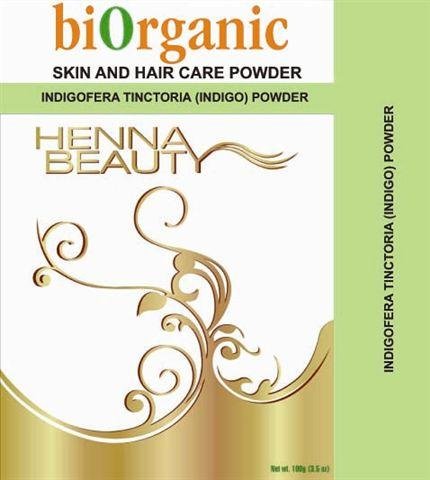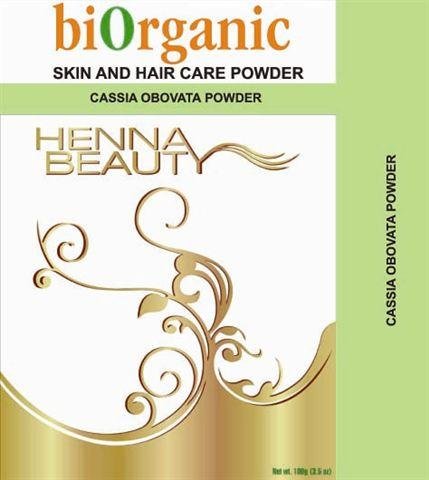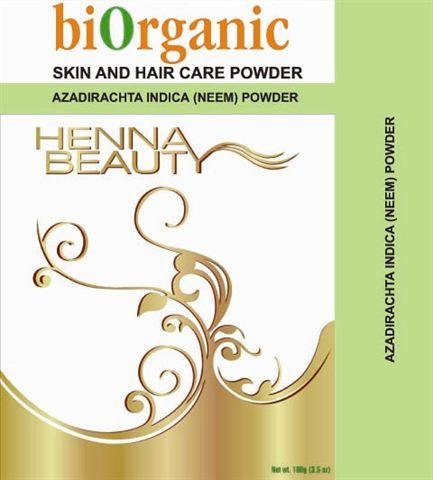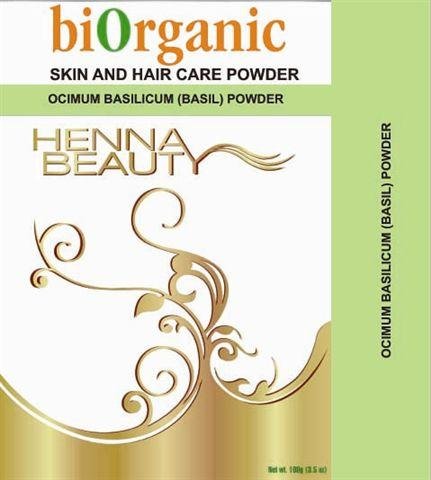Model No.︰GMUIP
Brand Name︰HENNA BEAUTY
Country of Origin︰India
Unit Price︰-
Minimum Order︰10 pc
Indigo is a plant that has a blue dye in it. You probably have indigo dyed cloth in your closet, in a pair of blue jeans. Jeans are dyed with indigo. People have used indigo alone or in combination with henna to dye their hair black for at least 4000 years. During the 19th and 20th century indigo was such a common hair dye in Europe and the US, that it was marketed as "black henna". Henna is never black, henna never dyes hair black, but powdered indigo resembles powdered henna and it DOES dye hair black. So, when indigo was sold as hair dye, it was called "black henna". When it was sold to dye cloth, it was called indigo. There are are still many boxes of indigo in stores marked "black henna" as a legacy of this old misnomer. Some boxes of "black henna" are real indigo. Some boxes are cellulostic material and PPD, para-phenylenediamine, a hazardous aniline (coal tar) dye. If you open a box of "black henna" that is indigo, you'll see green powder that smells like frozen peas. If you mix that with water, you'll see a blue glaze form on the surface after a while. If you plop some wet indigo powder on paper or cotton, blue dye will leak out. Indigo hair dye looks like what you see above. This indigo is from Mehandi. If you open a box of "black henna" or "black mehndi" and the powder is brownish black or black, it probably has PPD in it. If you mix it with water, blackish brown liquid will leak out. That stuff is not henna. It's not indigo. It's chemicals and it may hurt you. Indigo is a bit of a chore to use as a hair dye, but the results are gorgeous!
The Indigo Leaves are used to make hair dye as well as prepare medicated hair oil. Leaf powder is used as natural black color dye for hair. Indigofera make your hair more manageable, moisturized, protected with radiant shine. Dye is obtained from the processing of the plant's leaves, Indigo is among the oldest dyes to be used for textile dyeing and printing.
The root is crushed and prepared into decoction, and given for abdominal disorders,leucorrhoea, all types of toxicities etc. The leaves are crushed, prepared into decoction and given for toxicities,fever,arthritis etc. The leaf juice is given in the dose of 10-20ml along with honey twice daily for jaundice, inflammation of liver etc.
For poisonous bites the samoolam or the whole plant is ground and applied as a paste over the bitten area. Also the leaf juice is given internally to the patient.
Specifications︰
Scientific Name(s): Indigofera tinctoria (French indigo) and I. suffruticosa Mill. (Guatemalan indigo) formerly known as I. anil L. Family: Fabaceae (beans).
Objective: Indigofera tinctoria Linn was traditionally been used in the ancient herbal medicine in India/China for epilepsy, nervous disorders, bronchitis, and liver ailments; and also used as an anticardiovascular, but there was no literature evidence substantiating its antibacterial activity. The purpose of this study is to determine the antibacterial and mutagenic properties of an extract prepared from the leaves of I.tinctoria, commonly known as indigo plant.
Methods: Minimum inhibitory concentrations (MICs) of the extract are determined with respect to bacterial species by agar dilution as per Clincial and Laboratory Standard Institute and mutagenicity of the extract is determined by Ames test.
Results: The respective MICs of the methanol extract of I.tinctoria were methicillin sensitive Staphylococcus aureus 0.125 µg/ml, methicillin resistant S.aureus 0.25 µg/ml, coagulase negative S.aureus 0.25-0.5 µg/ml, vancomycin sensitive Enterococcus faecalis 0.5 µg/ml, vancomycin resistant Enterococcus species 0.125-0.5 µg/ml, Moraxella 2 µg/ml, Streptococcus species 0.125-0.25 µg/ml, Haemophilus influenzae 2-4 µg/ml and against anaerobes is 1-2 µg/ml. Time kill assay were analyzed for methanol extract of I.tinctoria and it showed bacteriostatic and nonmutagenic activity up to 5 mg per plate in Ames test both in the presence and absence of S9 fraction.
Conclusion: Methanol extract of I.tinctoria exhibited antibacterial activity, which was more active than that of standard linezolid, against a variety of clinically important bacteria isolated from near by selected hospitals in India and was found to be nonmutagenic up to 5 mg/plate in Ames test.
Advantages︰
Indigo Leaves powder are used to make hair dye as well as prepare medicated hair oil. Leaf powder is used as natural black color dye for hair. Indigofera make your hair more manageable, moisturized, protected with radiant shine. Dye is obtained from the processing of the plant's leaves, Indigo is among the oldest dyes to be used for textile dyeing and printing.
The root is crushed and prepared into decoration, and given for abdominal disorders,leucorrhoea, all types of toxicities etc. The leaves are crushed, prepared into decoration and given for toxicities,fever,arthritis etc. The leaf juice is given in the dose of 10-20ml along with honey twice daily for jaundice, inflammation of liver etc.
For poisonous bites the samoolam or the whole plant is ground and applied as a paste over the bitten area. Also the leaf juice is given internally to the patient.
Export Markets︰ World wide
Payment Details︰ Advance
Min Order︰ 10kg
Ship Date︰ 10 days
Standard Met︰ ISI
HENNA POWDER︰ INDIGO POWDER




